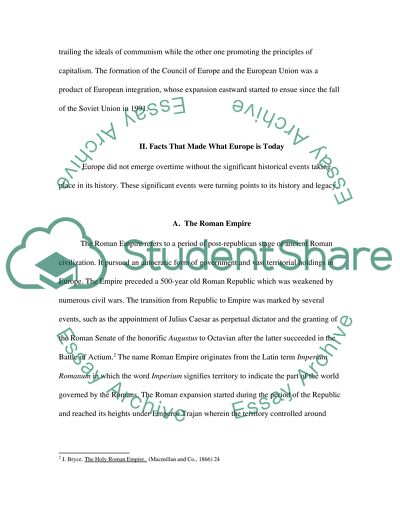Cite this document
(“Europes Significant Events: Leading the Region towards What It Is Term Paper”, n.d.)
Europes Significant Events: Leading the Region towards What It Is Term Paper. Retrieved from https://studentshare.org/history/1523063-european-history-essay
Europes Significant Events: Leading the Region towards What It Is Term Paper. Retrieved from https://studentshare.org/history/1523063-european-history-essay
(Europes Significant Events: Leading the Region towards What It Is Term Paper)
Europes Significant Events: Leading the Region towards What It Is Term Paper. https://studentshare.org/history/1523063-european-history-essay.
Europes Significant Events: Leading the Region towards What It Is Term Paper. https://studentshare.org/history/1523063-european-history-essay.
“Europes Significant Events: Leading the Region towards What It Is Term Paper”, n.d. https://studentshare.org/history/1523063-european-history-essay.


